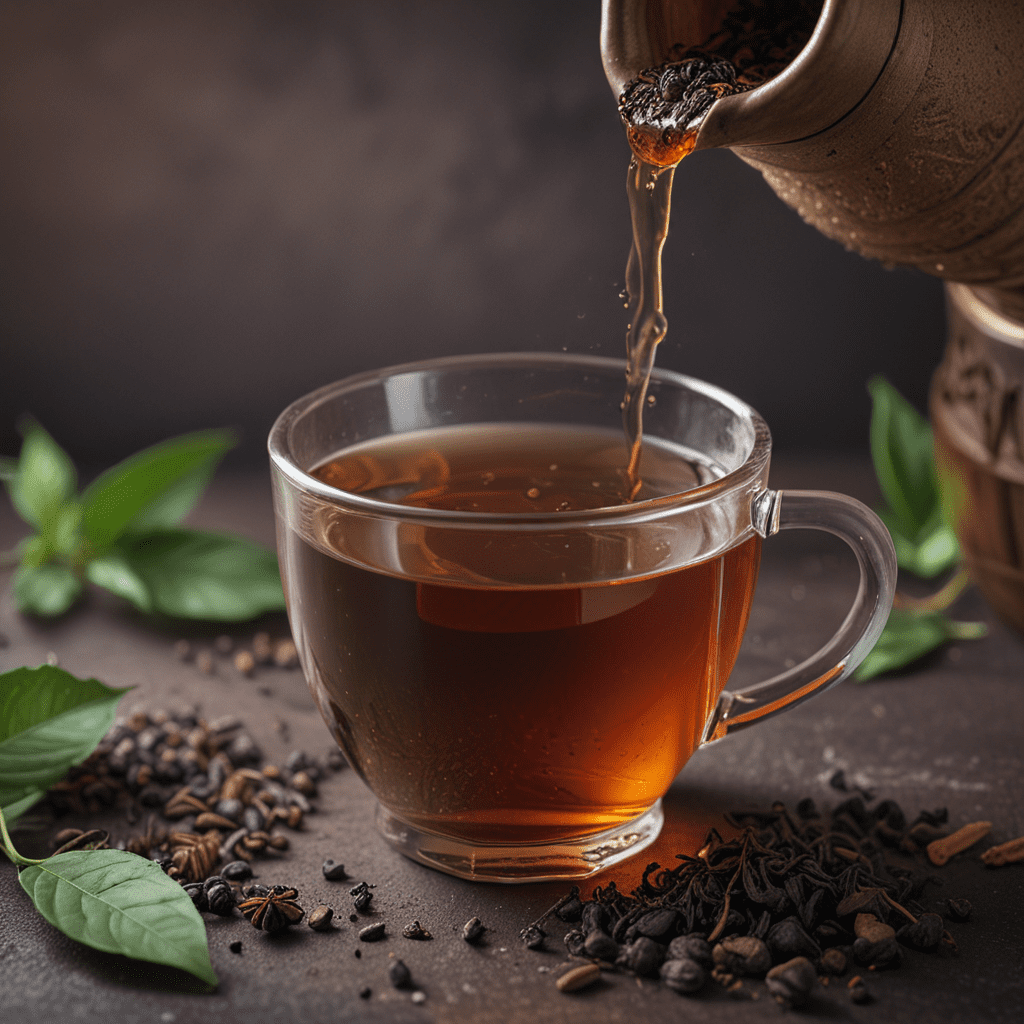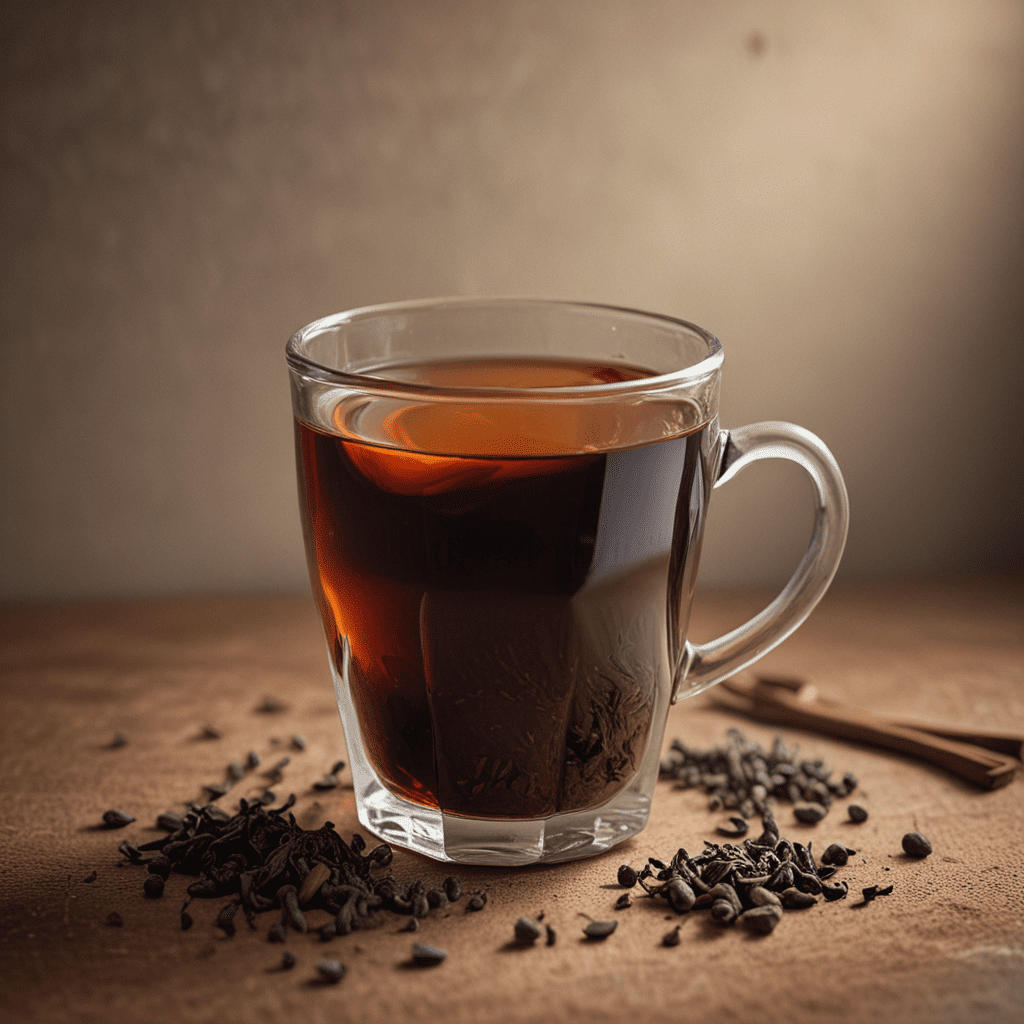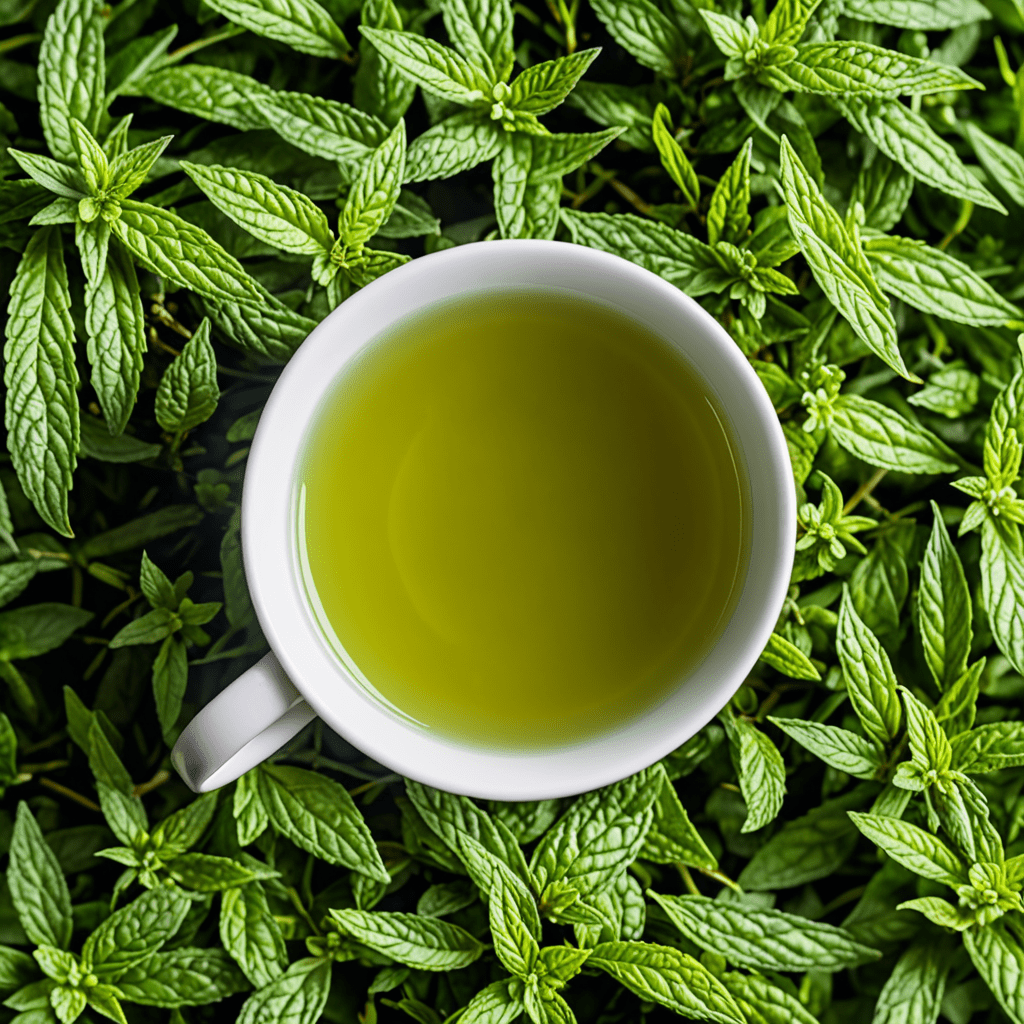Assam Tea: Understanding the Grades
1. Introduction
Assam tea, renowned for its robust flavor and malty aroma, is graded based on various factors that influence its quality and characteristics. Understanding these grades is crucial for tea enthusiasts seeking the perfect cup. This guide explores the different grades of Assam tea, unraveling the nuances that set them apart.
2. Factors Influencing Tea Grades
Multiple factors contribute to the grading of Assam tea, including:
- Leaf Size and Shape: Larger leaves generally indicate higher quality due to their slower growth and reduced oxidation.
- Oxidation Level: The extent to which the tea leaves are oxidized affects their color, flavor, and caffeine content.
- Plucking Season: The time of year when the leaves are plucked influences their maturity and flavor profile.
- Processing Method: The specific techniques used to process the tea leaves impact their texture and characteristics.
3. BOP Grades
Broken Orange Pekoe (BOP) grades are a common type of Assam tea. They are characterized by their medium-sized, broken leaves and a slightly oxidized flavor. Two primary BOP grades are:
4. BOP
BOP (Broken Orange Pekoe) grade consists of larger leaf fragments with a stronger, more robust flavor compared to other BOP grades. It is often used in tea blends and is a popular choice for those who prefer a bold, full-bodied tea.
5. BOPF
BOPF (Broken Orange Pekoe Fanning) grade comprises smaller leaf fragments compared to BOP. It produces a lighter, more delicate flavor with a slightly higher caffeine content. BOPF is often blended with other grades to enhance complexity and balance.
6. FOP Grades
FOP (Flowery Orange Pekoe) grades are known for their larger, intact leaves and a more delicate flavor profile. The two primary FOP grades are:
7. FOP
FOP (Flowery Orange Pekoe) grade consists of whole, unprocessed leaves with a light oxidation level. It offers a smooth, well-rounded flavor with a floral aroma. FOP is often considered a premium grade of Assam tea.
8. FOPF
FOPF (Flowery Orange Pekoe Fanning) grade comprises broken leaves from the FOP grade. It produces a similar flavor profile to FOP, but with a more astringent character and higher caffeine content. FOPF is often used in blends to add complexity and depth.
9. Golden Grades
Golden grades of Assam tea are esteemed for their golden-tipped leaves and exceptional flavor. The two primary golden grades are:
10. TGFOP
TGFOP (Tippy Golden Flowery Orange Pekoe) grade comprises large, intact leaves with abundant golden tips. These tips impart a distinctive sweet, floral flavor to the tea. TGFOP is considered a top-grade Assam tea, offering a luxurious and flavorful experience.
11. TGFOPF
TGFOPF (Tippy Golden Flowery Orange Pekoe Fanning) grade consists of broken leaves from the TGFOP grade. It retains the characteristic golden tips and floral notes, but with a slightly more astringent flavor. TGFOPF is a versatile grade, suitable for both solo consumption and blending.
FAQ
Q: What grade of Assam tea is the best?
A: The best grade depends on personal preference. For a stronger, bolder flavor, BOP grades are suitable. For a more delicate and floral taste, FOP grades are recommended. Golden grades offer a premium experience with their abundant golden tips and exceptional flavor.
Q: How should I brew Assam tea?
A: Use fresh, cold water and bring it to a boil. Add 1-2 teaspoons of tea leaves per cup. Steep for 3-5 minutes. Adjust the steeping time and tea quantity to suit your desired strength and flavor.
Q: What are the health benefits of Assam tea?
A: Assam tea contains antioxidants and has been associated with potential health benefits, including improved digestion, reduced inflammation, and cardiovascular health support.


